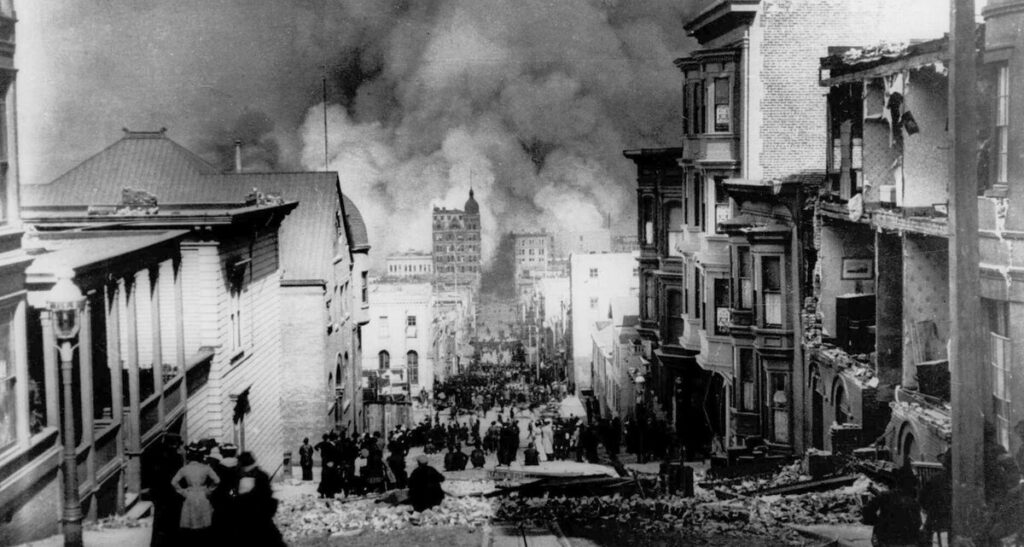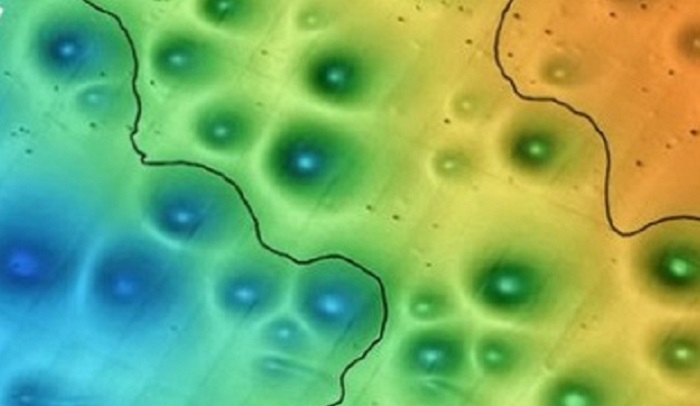Predicting whether California will experience a major earthquake within a specific year is challenging due to the unpredictable nature of seismic events. However, recent studies suggest an increased likelihood of significant seismic activity in the region. For instance, the Third Uniform California Earthquake Rupture Forecast (UCERF3) indicates a 7% chance of an earthquake magnitude 8 or larger in the next 30 years.
Additionally, researchers have observed patterns and pressures along fault lines that could potentially lead to earthquakes, and some predictions estimate a high probability of a magnitude 7.0 or greater earthquake hitting Southern California before 2024. Despite these forecasts, it’s important to note that earthquakes are inherently unpredictable, and preparedness is key.
A recent study indicates that earthquakes along the San Andreas Fault happen roughly every 22 years, with a possible variation of a year or two. This regularity has led some seismologists to liken living in California to existing under the sword of Damocles.
We assume that a major earthquake of magnitude 7 or higher may occur. This could lead to at least 1,800 deaths and 50,000 injuries. Estimated damage could be more than $200 billion Luca Malagnini, director of the National Institute of Geophysics and Volcanology in Italy.
The story of one fault
The San Andreas Fault is a slender chasm stretching 1,300 kilometers across land and diving into the ocean near San Francisco. Geologically, it represents a fissure in the Earth’s crust, extending down to a depth of 16 kilometers. Additionally, it marks the boundary where two lithospheric plates, the Pacific and North American, converge.
The behavior of tectonic plates is quite unique. They neither converge nor diverge. Instead, they slide under each other and move in parallel but opposite directions at a speed of 3-4 cm per year.
Over millions of years, this lithospheric drift becomes significantly noticeable. Approximately 23 million years ago, a volcano formed on a fault line. The halves of this volcano have since moved in opposite directions. Today, one half is known as the Pinnacles National Monument, a popular tourist spot famed for its stunning cliffs. The other half lies 314 kilometers away, near the town of Lancaster.
The movement of lithospheric plates varies from place to place. In some areas, it happens so subtly that only highly sensitive seismographs, which periodically detect microshocks, can observe it.
In certain areas, the jagged edges of tectonic plates interlock and hinder each other’s movement. These regions are referred to by experts as ‘collision zones’. Here, potential energy accumulates over years due to the compression of rocks. Eventually, this natural ‘spring’ releases, significantly accelerating the plates’ movement beyond the usual 3-4 centimeters per year.
On April 18, 1906, the two sides of California, divided by the San Andreas Fault, shifted suddenly—within a mere second—by 7 meters relative to each other. San Francisco was reduced to ruins in an instant. The catastrophe claimed 3,000 lives and left 300,000 people homeless. The earthquake’s magnitude exceeded 8 on a 9-point scale.
The city was consumed by devastating fires, rendering the water supply completely ineffective. Firefighters resorted to using dynamite to demolish houses and prevent the fire from spreading further. In a desperate attempt, residents of Telegraph Hill, San Francisco’s affluent district, tried to extinguish the flames using valuable, collectible wines from their cellars, but to little avail.
The 1906 earthquake led to the establishment of new building codes in California, mandating the construction of earthquake-resistant structures. These regulations were instrumental in saving thousands of lives during the 1989 San Francisco earthquake.
This time, although the catastrophic destruction was averted, parts of the old neighborhoods still gave way, and a segment of the road bridge collapsed. For several days, rescuers toiled to extract victims from the debris; tragically, not everyone could be saved. The death toll reached 63, with many more left permanently disabled. The earthquake, registering a magnitude of 6.9, inflicted approximately $17 billion in damages—all within a span of less than 20 seconds.
The subsequent significant earthquake took place in 2004. Fortunately, this time California, and specifically San Francisco, was spared major damage. The epicenter of the seismic activity was located in the small town of Parkfield, which had a population of only 37 people at the time.
Seismologists warn
Geophysicist Malagnini indicates an impending earthquake. His team’s analysis of data from the six weeks prior to each seismic event revealed a previously overlooked detail.
It was discovered that just before the tremors began, cracks in the stress zone started to open and close. Although this process was not captured on camera, scientists managed to record it through indirect indicators. They studied the phenomenon known as seismic wave attenuation, which refers to the loss of energy by sound waves generated by an earthquake as they travel through solid underground rocks.
It was discovered that, six weeks prior to the earthquake, the behavior of seismic waves altered. As the earthquake approached, the attenuation of low-frequency waves accelerated, causing them to weaken more rapidly. Conversely, high-frequency waves were amplified during this period. Currently, this phenomenon is not observed on the San Andreas Fault.
Luca Malagnini and his team, including Robert Nadeau from the University of California, Berkeley, and Tom Parsons of the US Geological Survey in Moffett Field, California, stand by their forecast. Indicators that might not be immediately apparent, such as pressure variations along a fault line, greatly raise the probability of an earthquake occurring in California within the year.
However, in San Francisco itself they have long been accustomed to this topic. Residents of the city are even partly proud that they live in such a dangerous place. They even like it.
We live on a rift. We live under the sword of Damocles. It’s exciting Herb Cohen, San Francisco journalist.
A “massive earthquake” with the potential to devastate multiple large states simultaneously
The anticipated event, often referred to as the “great earthquake,” is raising significant alarm throughout California, including in cities like San Francisco, Palm Springs, and Los Angeles. The possible devastation from such a seismic event could be dire, potentially crippling the state’s infrastructure with disruptions to water and power supplies, as well as causing extensive damage to roads and buildings.
Scientists admit that it is impossible to accurately predict the moment of occurrence of such an earthquake. However, small preliminary tremors can serve as a signal that an event is approaching. Crossed by numerous faults, California presents geological complexity. The San Andreas Fault, one of the most famous, is periodically active, shifting plates substantially every 150 years or so. And now the time is coming when the plates may suddenly begin to move.
The southern segments of the San Andreas Fault have remained virtually motionless for two centuries, a fact that generates excitement among scientists and local residents. The prediction of a major earthquake on the West Coast foresees tragic outcomes, with an estimated 1,800 fatalities and over 50,000 injuries at the very least.
It is important to note that the likelihood of a tsunami resulting from this earthquake is extremely low. The San Andreas Fault is known for its horizontal movement rather than vertical, which significantly reduces the chance of a tsunami occurring.
Recent earthquakes in the United States, unusual for this region, could indicate the possibility of a more significant seismic event in the near future.




















